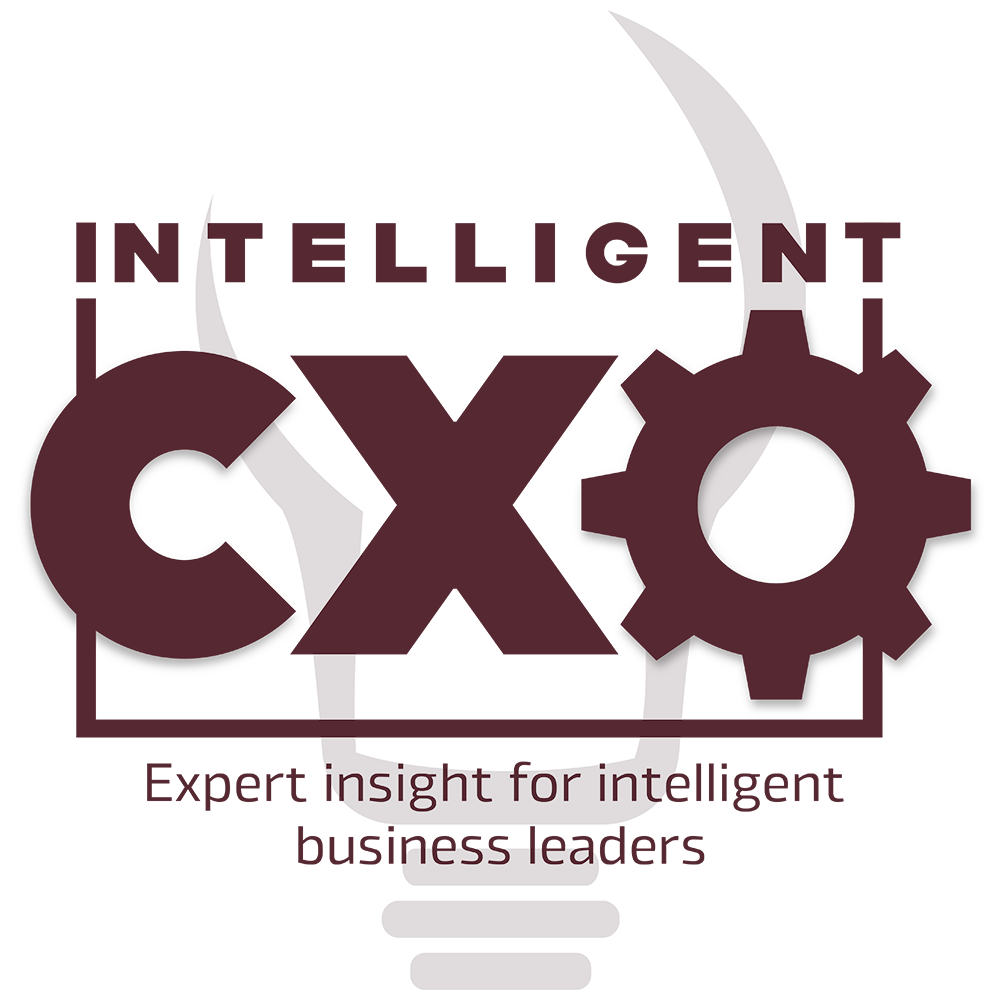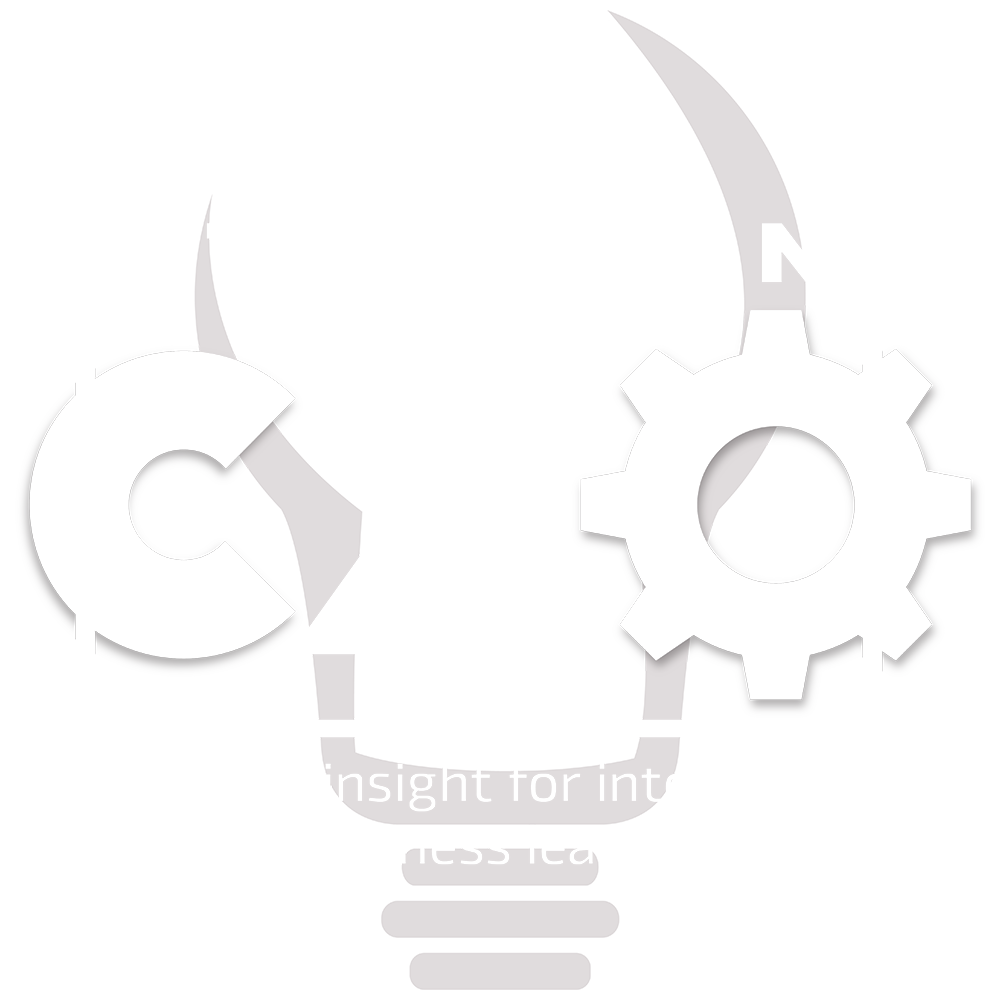Peter Galvin, Chief Strategy & Marketing Officer for Digital Security Solutions at Entrust, explains how customers’ expectations have changed within the last 18 months and how Entrust has addressed this change.
Many businesses were already heading down the road toward Digital Transformation 18 months ago, typically making business plans for the next three to five years. However, when COVID-19 hit in March 2020, the requirements for change accelerated from multiple years to days and weeks, meaning that organisations needed to prepare for a changing landscape at light speed. In a market already short in skilled IT and security personnel, it puts further pressure on these organisations to deliver business transformation securely and at scale. To make matters worse, some organisations were forced to downsize, further impacting business transformation initiatives. The result? Organisations were forced to turn to turnkey technologies like Software-as-a-Service and cloud computing to meet these urgent needs on IT skills. This puts further pressure on IT and security organisations.
The result also put pressure on IT and security vendors to deliver solutions faster and with more agility. These solutions needed to meet the rapidly changing needs of the business they serve, solve complex issues, but be easy to adopt and quicker for customers to implement. Moving existing systems to the cloud in March last year was unachievable and time-consuming for organisations to handle, so for most, SaaS or managed turnkey solutions, were the answer. Also, customer organisations focused on solutions that used modern cloud architectures and could be implemented through simple APIs, meaning implementation can be done easily into their existing infrastructure without the requirement for overworked specialist staff, and that are self-serve, so users can operate them without significant intervention from IT teams.
Most recently, the move to a hybrid working environment has meant that organisations are battling multiple connectivity requirements for their workforce. The meeting of the physical and virtual world can be clunky, with employees now using different mediums to communicate, such as Zoom, Teams, Slack, the phone and in person. Sadly, current systems aren’t yet equipped to meet the requirements of the hybrid workforce and this lack of collaboration can easily impact the performance of teams.
Undeniably, addressing the change in customers’ expectations has been a challenge felt by most organisations. At Entrust, we know that people want seamless and secure experiences, but we also understand how complex security can be for organisations to address. In the last 18 months, we accelerated our ‘as-a-Service’ product offering and simplified the experience from the end-user’s perspective, so our products can be handled with minimal staff or can be managed by Entrust for the customer. This opens up solutions that are not only easier to implement and manage but provide help to organisations that may be feeling the effects of a skills shortage.
In the last 18 months, Entrust has also transformed our business. We have learned the best ways to interact with customers transitioning from physical interactions to digital communication. We’ve created digital user groups for our customers to replace the in-person groups we held previously, as well as put systems in place to ensure we have the capacity for customers to connect with us digitally, whenever they need us. Plus, we operate in different time zones, so we had to ensure that staff members were available digitally and remotely for all hours of operation. Like most, we’ve also transformed the way we work internally by building systems and utilising tools and collaboration platforms to keep our worldwide operation connected to each other and our customers.
Click below to share this article

